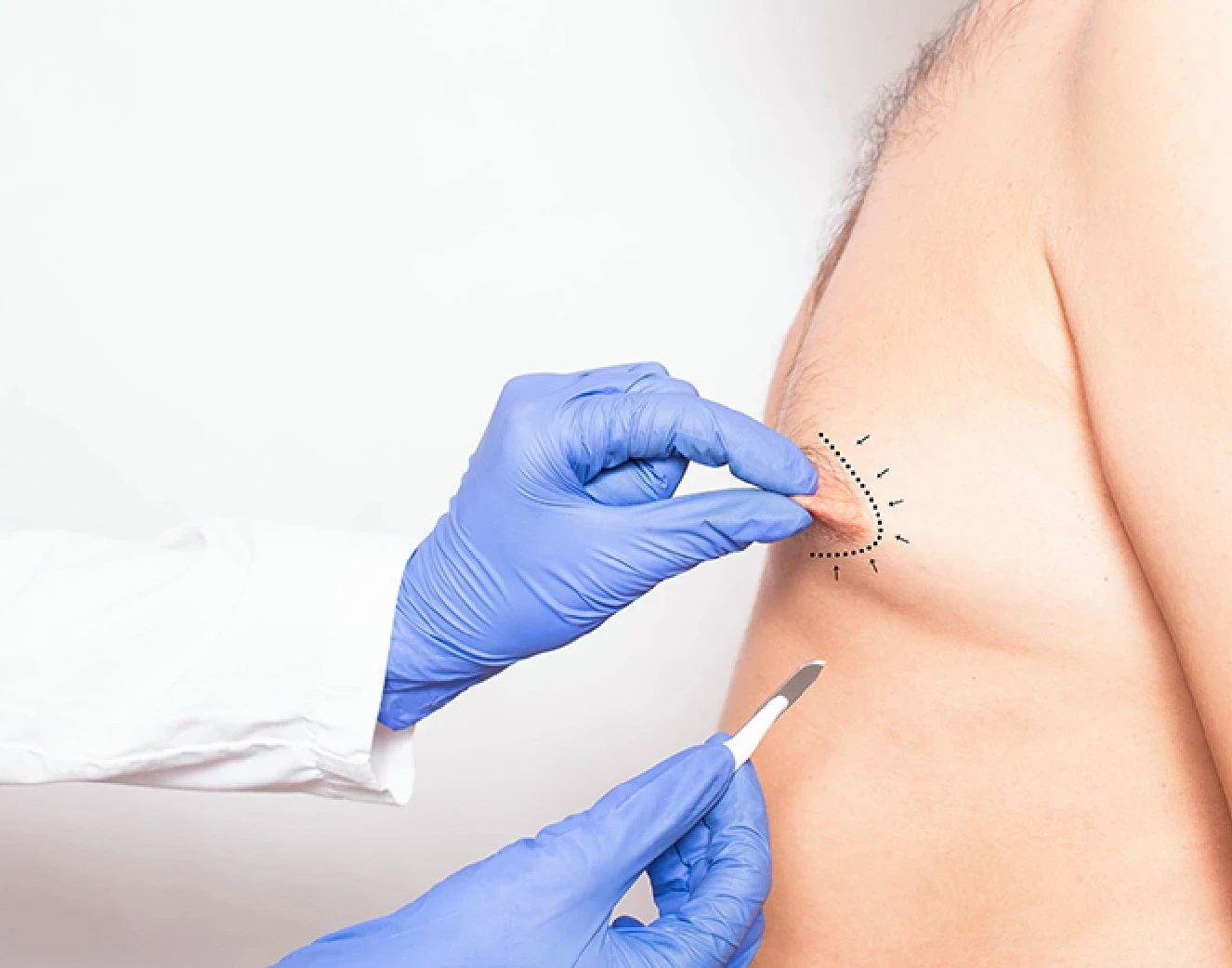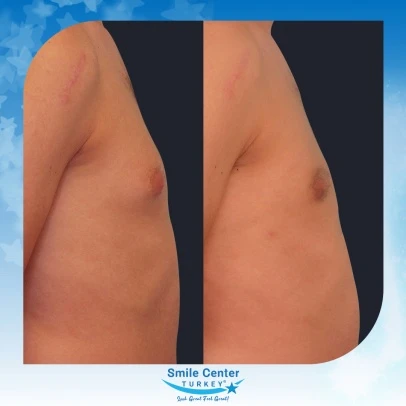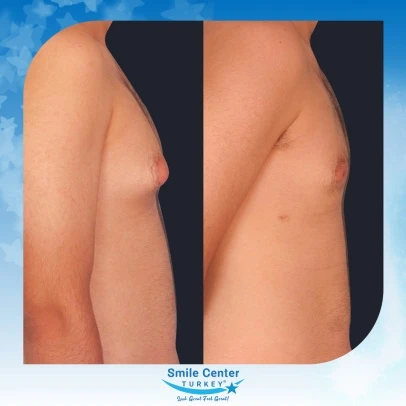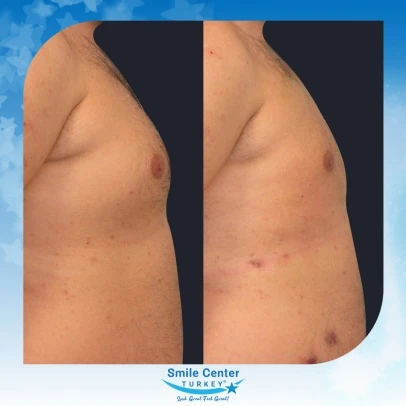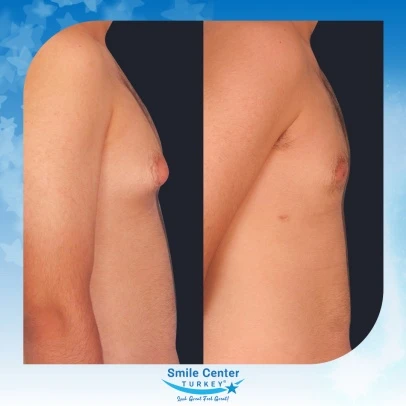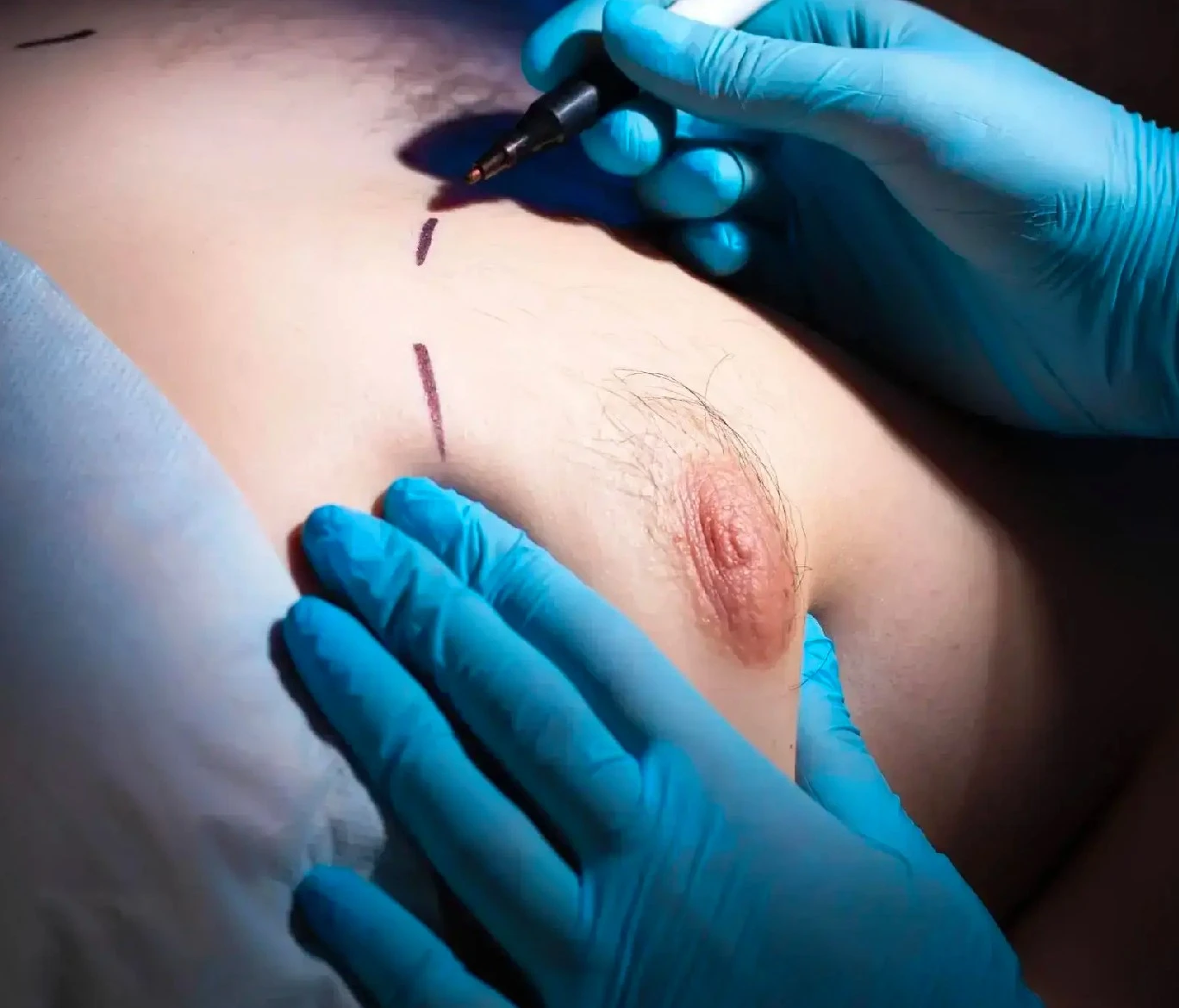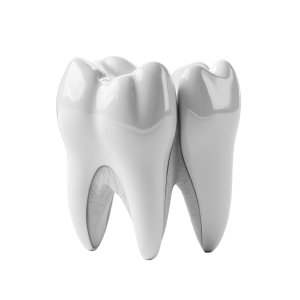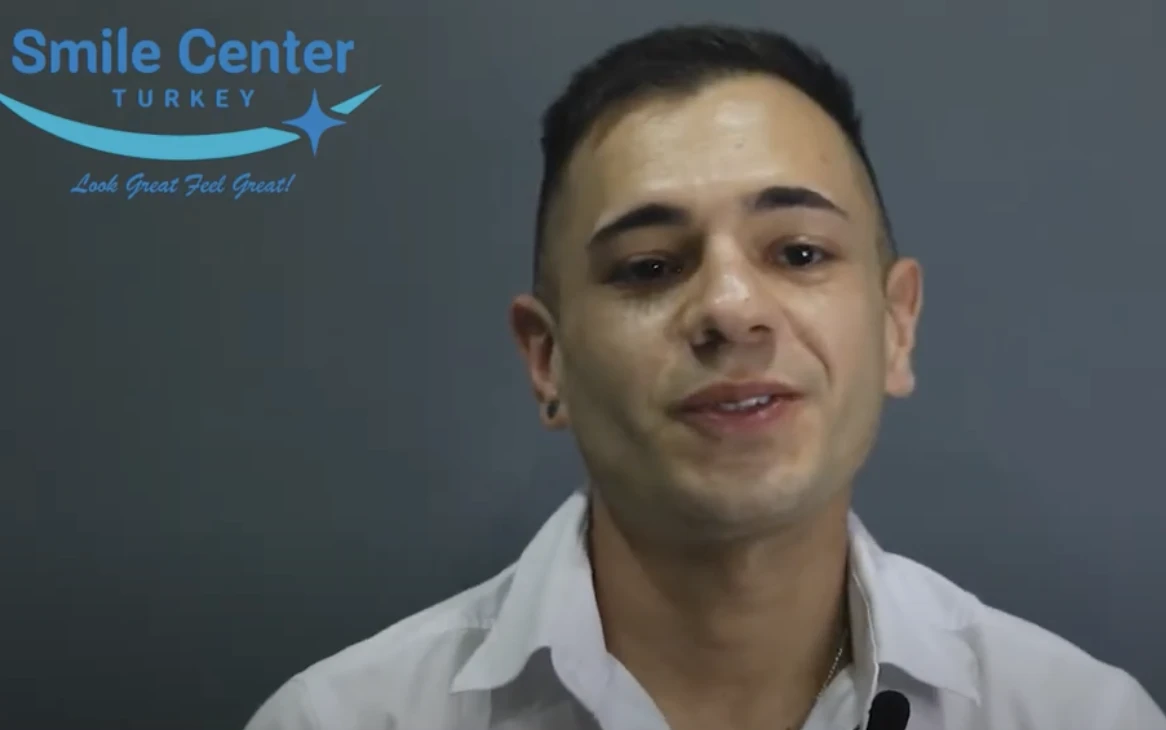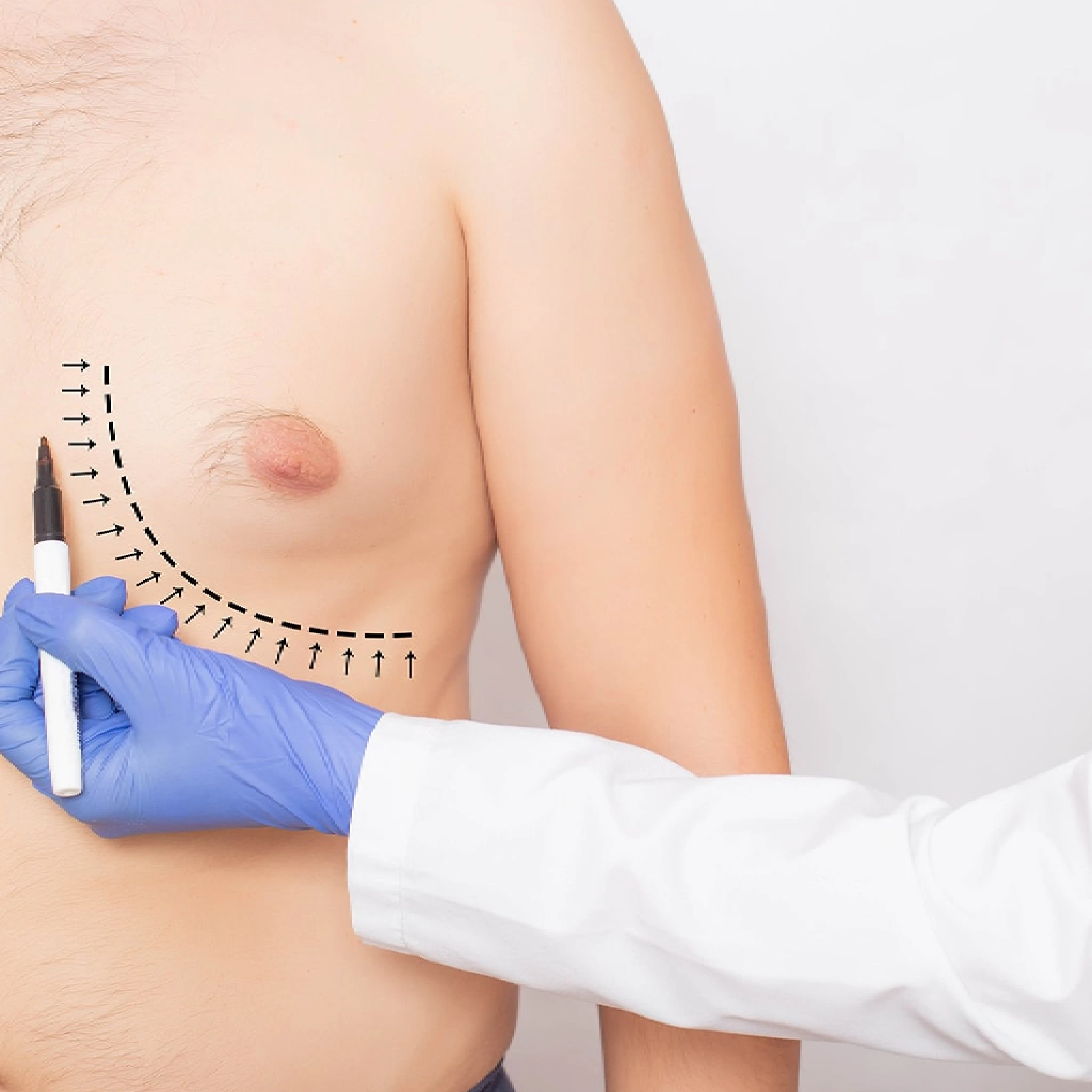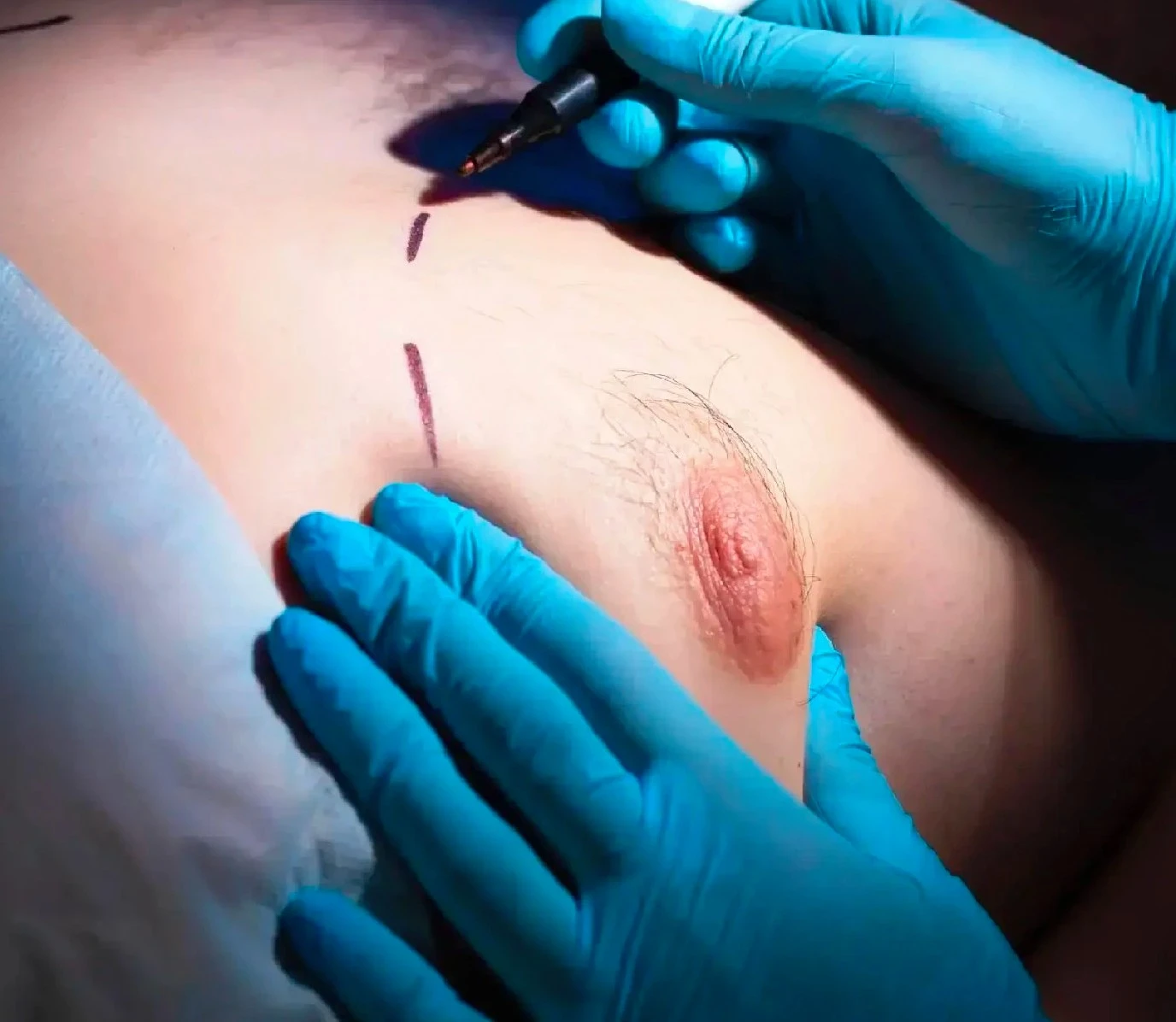Gynecomastia surgery is designed to address the enlargement of breast tissue in men, commonly referred to as 'man boobs.' The goal of this procedure is to provide a more masculine chest contour by reducing excess breast tissue. The procedure begins with a thorough examination, detailed discussions, and planning. The surgery typically takes about 2-3 hours, with variations based on the chosen technique and the individual's specific case. Similarly, a breast lift Turkey procedure, while focused on reshaping the breasts of women, also aims to improve the contour and position of the breast tissue, particularly in cases of sagging or loss of firmness.
Patients undergoing gynecomastia surgery are usually advised for a one-night hospital stay to ensure proper postoperative care. Following the surgery, a recommended length of stay is approximately 7 days. This period allows for essential follow-up appointments, monitoring of the healing progress, and receiving necessary guidance for postoperative care.
In terms of recovery, most patients can resume light activities after 2-3 weeks. However, full recovery and achieving the final results may extend over several months. Engaging in more intense exercise and heavy lifting is typically recommended after 4-6 weeks, following the doctor's advice. Understanding the procedural details and adhering to postoperative instructions contribute to a smoother recovery process for individuals undergoing gynecomastia surgery.


